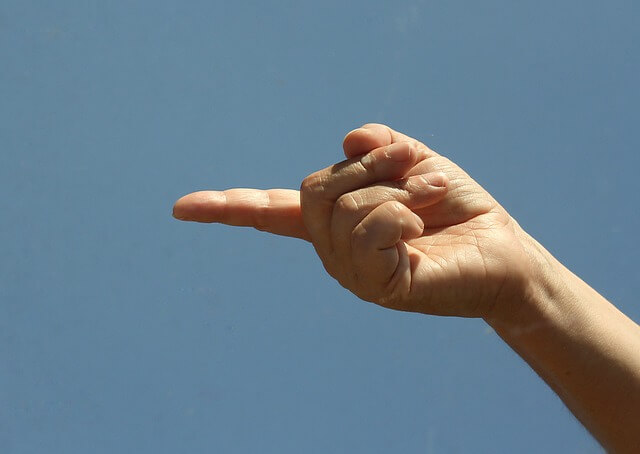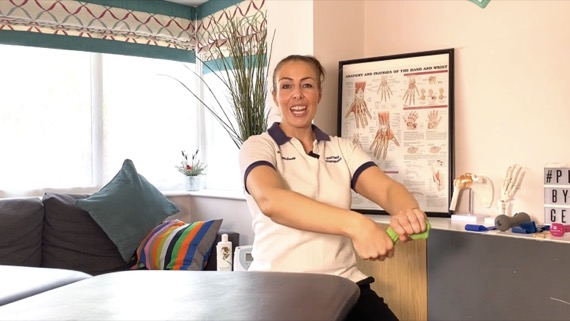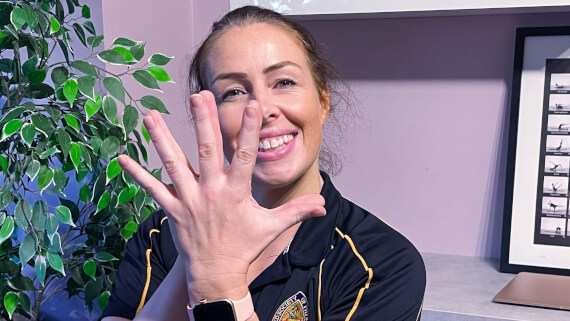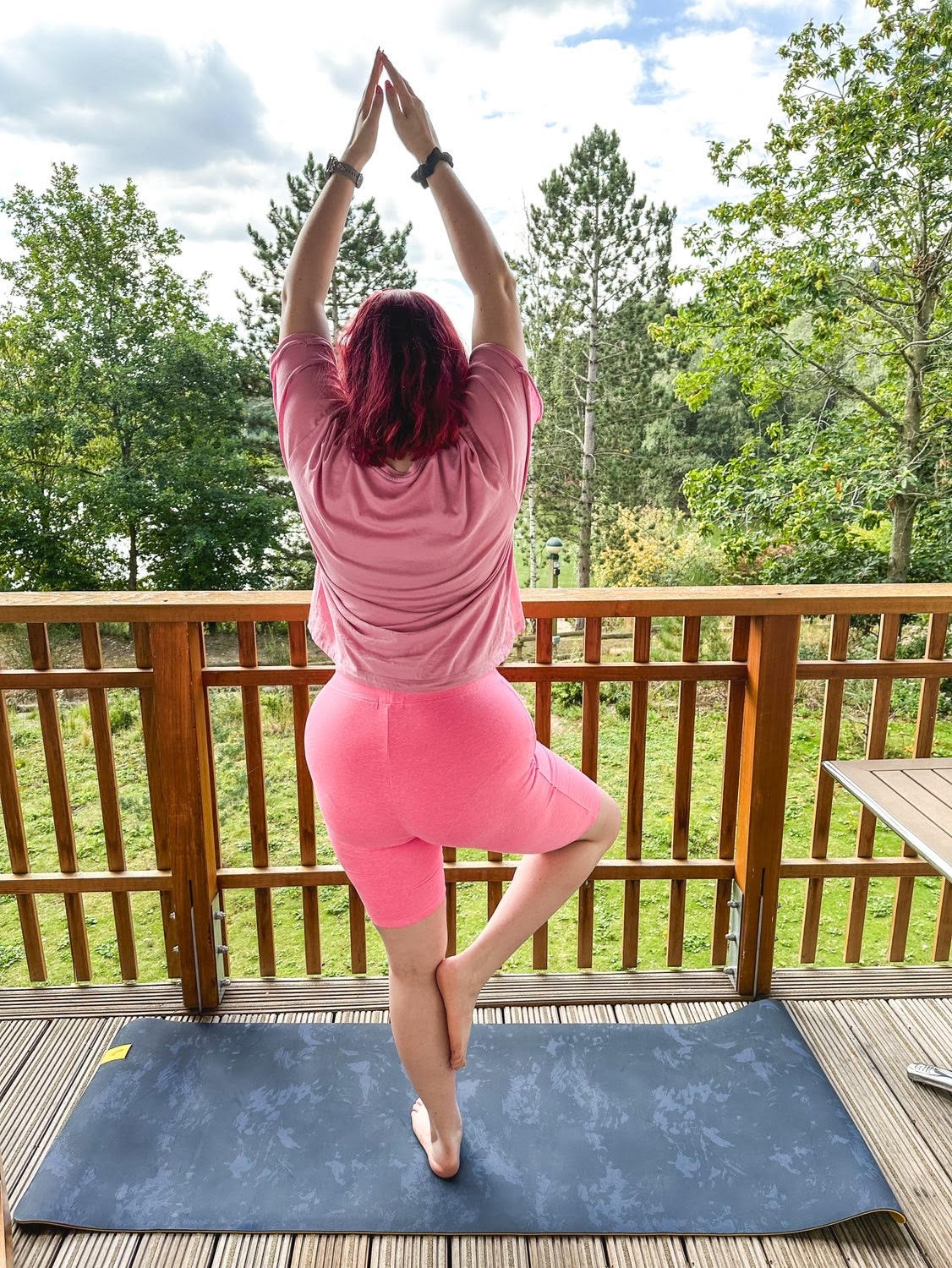Finger Pain
What is Finger Pain?
Finger pain can be a throbbing, cramplike, or achy pain that’s felt in any of your fingers, including your thumb. It can significantly impact your ability to use your fingers and hands to complete fine motor movements and activities of daily living.
All about Finger Pain
Causes of Finger Pain
- Osteoarthritis: The condition can affect any joint but is common in the smaller joints of the fingers and thumb. Osteoarthritis usually develops with age and general wear and tear but can also develop faster after an injury.
- Rheumatoid Arthritis (RA): This is an inflammatory, autoimmune form of arthritis in which the body attacks its own healthy joints, and tends to get worse during periods of flare-ups that cause increased joint pain, redness, swelling, and stiffness.
- Fractures and Sprains: Fractures cause significant pain, bruising, swelling, and difficulty moving your fingers. Less severe injuries such as sprains of the joints and supporting ligaments also cause pain, swelling, and trouble moving your fingers.
- Trigger Finger: Affects the joints of the fingers causing locking (catching), or stiffness when bending. They can 'freeze' in certain positions. This is caused by the tendons or their protective sheaths becoming inflamed, swelling and thickening, making movement difficult.
- De Quervain’s tenosynovitis: De Quervain’s tenosynovitis develops from inflammation of the tendons of the thumb, typically occuring from repetitive strain or overuse. It is often referred to as "mother’s thumb" because there is an increased risk of parents developing de Quervain’s tenosynovitis from repetitive lifting and carrying of children. Symptoms include pain, tenderness, and swelling at the base of the thumb. It can be sore to bend the thumb tip and move across the palm.
- Raynaud's Syndrome: This can cause the fingers to become pale, painful, tingly, or swollen in response to cold temperatures and stress. It is a medical condition resulting from constriction of small blood vessels in the hands and feet.

Symptoms of Finger Pain
Symptoms are often swelling, stiffness, pain on moving the fingers and a reduced range of movement and grip strength.
Occasionally, problems felt in your wrist, hand or fingers can be due to a neck problem. This can happen even when you don’t feel pain in your neck. People with this sort of problem often describe the pain as pins and needles, sharp, hot or burning pain.
If you have any of these symptoms it would be helpful to see the PBG Clinic Neck page.
Finger Pain Treatment
- Topical pain relieving creams or gels can be very effective pain management.
- Ice or heat for pain relief.
- Gentle stretching of your fingers and wrists.
- Resting from activities that require grasping, gripping, and pinching.
- Adaptive equipment and modifications to decrease stress on your hand and finger joints.
- Avoiding cold temperatures if you have Raynaud's syndrome.
Watch the PBG information class on finger pain then try the QuickFix Exercise class to learn how to stretch and strengthen, to improve your hands function.
Free Class: Quick Fix for Finger Pain

 Physio Tip!
Physio Tip!
If your hands are stiff try bathing them in warm water and as the heat eases your aches gently stretch and mobilise your joints.
If your hands are swollen and tender to move try a cold water hand bath to improve blood flow, desensitise the joints and ultimately reduce swelling.
Alert!
Contact your healthcare provider if your finger pain persists longer than a week, especially if you did not injure your hands or fingers. Many causes of finger pain and swelling are related to underlying conditions.
Some signs and symptoms suggest you should schedule a visit to see a healthcare provider, such as:
- Pain significantly impacts your ability to perform fine motor movements.
- You cannot move your fingers without feeling pain.
- Red, hot, or swollen fingers.
- Loss of sensation in your finger.
- Symptoms accompany the pain, such as fever, fatigue, or unexplained weight loss.










